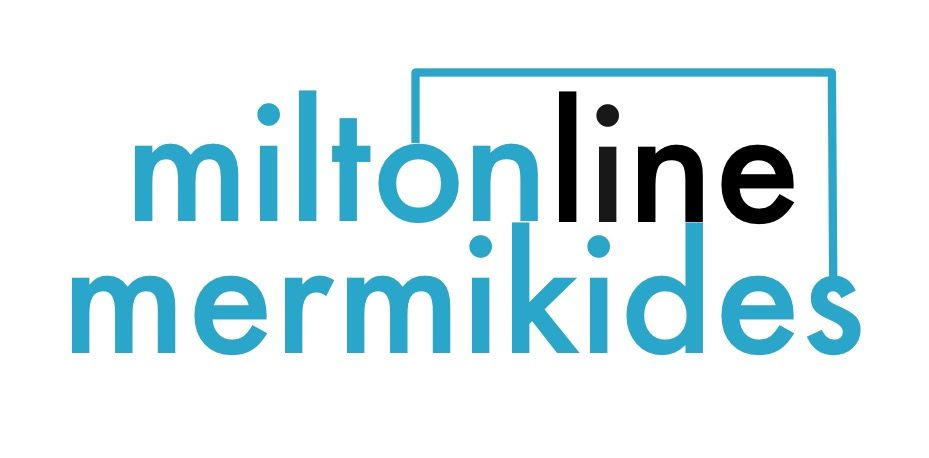The dust, and glitter, have settled on the saccharin post-ironic campfest that is Eurovision.
I’ve witnessed the spectacle a number of years, find it quite enjoyable, and admire some of the songs and flamboyance. However there is this amazing middle-ground of songs between the quite good and deliciously terrible. A luke-warm competence of song that is just utterly ok, which I find fascinating. How, and why do these songs jump all the hurdles to make it to the final? The answer? They are perfectly accessible and completely musically unchallenging. Not bad at all, not good at all, not anything at all.
Would you like to write one of these super-mega-normal bet-hedging epic mediocrities?
Here are the rules:
1) Sing in barely discernible English. Everyone loves English right? No need to alienate people with your mother tongue. Pronounce words phonetically so any semblance of sincerity is removed.
2) Make the lyrics perfectly intelligible but mean nothing. Essential words: Love, heart, sing, dance, night, hear, feel, eyes, look, boy, girl, kiss, forever, one, last, day.
The actual ordering of the words is unimportant, just so long as the basic sentence structure is superficially correct. Repeat one word a little too much, and use rhetorical or nonsensical questions, like an online translation of a teenager’s facebook status.
Thus:
“Look into my eyes, Do you hear them cry? Do you see my heart sing?
Listen to my heart, can you feel my love? Do you hear my heart sing?
Is it just one night? Don’t you hold me tight? Can you feel my loving?
You are just a boy, I am just a girl, don’t you know I’m loving?”
When the lyrics run out, las, dums and doos may be substituted freely.
3) Include a veneer of ‘world music’ (relationship to your country not essential) This means percussion, flamenco rasgueados, mandolins, bodrum or washboard etc. AT NO TIME should the presence of these instruments infuse the music with any authenticity.
4) When it comes to the rhythm think BLAND. 4/4 is essential and a tempo comfortably between 105 and 135bpm. Despite the presence of ‘ethnicity’ (see 3), rhythmic patterns should stay resolutely unfunky and must be underpinned with a 4-on-the-floor techno kick drum just in case there are any remaining species still unaware of where the beat is.
5) Structurally, make the chorus indistinguishable from the verse (ie equally meh), and the verse not really different to the intro. Any solos should repeat the melody like you are bludgeoning the listener over the head with your simple melody, forcibly crushing a neural imprint into their auditory cortices. An intro or middle section or outro with a pad, piano & strings and the same melody is also advisable.
6) The scale. You have some choices here, but the safest, and thus recommended, is the natural minor or Aeolian scale. (C, D, Eb, F, G, Ab, Bb, C) This has the advantage of having the veneer of sophistication but also being completely accessible. There are no awkward augmented 2nds, no characteristically quirky modal notes, no notes changed depending on harmonic context, and a tonic bass-line is all that’s needed. The pinnacle of excitement is the minor 6th which should only be used with epic showmanship and harmonic support.
7) The melody should be very, very short and memorable like the pain of a recently stubbed toe. Here’s the trick. Short phrase, repeat short phrase and then short phrase again ending slightly differently. Add your lyrics and you’re done. Thus:
Note: very little syncopation, and no chromatic notes. The ‘hook’ starts and ends on the root so as not to disorientate the listener. The 3rd dramatic phrase starts on the root but ends of the 5th which is about as obvious as you can be in the absence of a sledgehammer. Avoid any temptation to harmonize the melody with your clever elitist chords. The I, IV & V, (even over a tonic pedal is all they need), anything else is showing off. Notice also how the V chord avoids any complications with the B-natural, this isn’t bloody music college.
8) Despite the presence of our ‘ethnic’ elements, instrumentation & vibe must remain early 90s Eurotechno. Start with an ethereal pad as the singer is in the illuminated windtunnel then let rip with a Vaseline-in-the ear techno beat. Don’t leave anything to the listener’s imagination. Give every beat and repeat the melody a lot. When you think you’ve done it too much, do it again, or 2/3 into the tune modulate up a minor 3rd, but that’s only if you think you might win.Put melodies in parallel octaves and fifths, use harmonies sparingly and with deep suspicion. Your mantra should be dramatic nothing.
So following these basic rules, after 86mins of production, we reach the following results, it’s just a 2 minute blast, but that’s all you need and want.
Stream:
Enjoy on bandcamp
Note the incongruous and tasteless blend of off-the-shelf 3-layer techno, derivative ‘Bulgarian’ rhythm, excruciating rap, soft-metal, crudely auto-tuned out of tune singing and Turkish Oud. A real mullet, committee camel a Frankenstein monster of a track. And yet I think you’ll agree Listen to My Heart(Just One Night) (by Lårs & Marise) stands a good chance of making it past the semi-finals, and even scraping a few points in the final. It is perfectly okay.
Et voilá! Deux Points!
All content ©2010 Milton Mermikides shhh…

